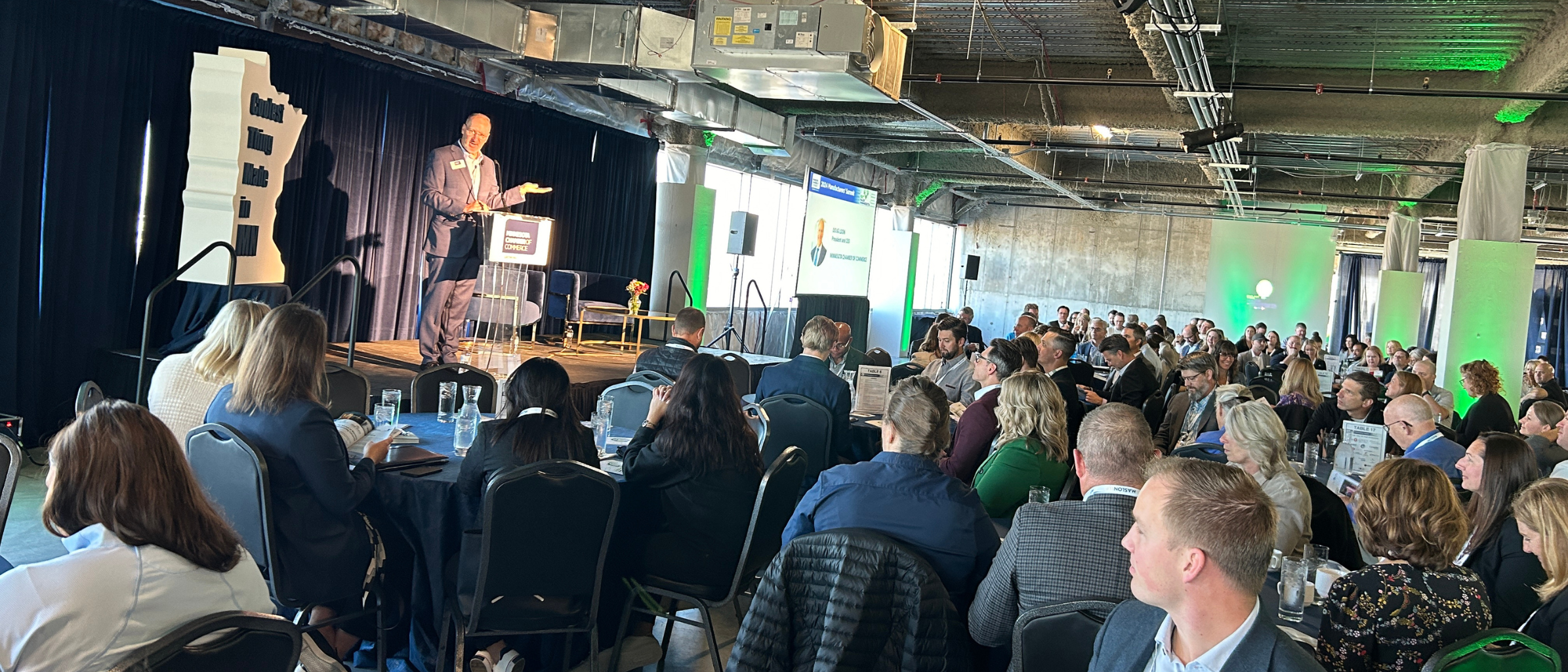Successful PR isn’t just about quality content. It is making sure your content reaches and resonates with your audience.
Most of our manufacturing clients are trying to reach engineers and for many years, print media was the best avenue to do so. But as younger engineers enter the workplace, trade publication readership is on the decline. B2B PR and marketing professionals have to adapt and understand where and how engineers consume information today.
Engineering.com recently surveyed more than 1,100 engineers, with a majority from the U.S. and Canada, to get the inside scoop on how engineers consume content. The respondents ranged from 25 or younger (16 percent) to 66 and older (6 percent) with the largest age group at 45 to 55 (23 percent). And of those respondents, 70 percent had engineering job titles, such as engineer, senior engineer or technician, and the remaining 30 percent were management level.
The study found that the average engineer spends 8.3 hours per week consuming engineering content, and those who serve as decision makers spend up to 9.1 hours. We dove in to see how they are consuming it, what content they want and what this means for manufacturing marketers; here’s what we learned:
Digital publications are the top source of information consumed – almost 30 percent more than print magazines and newspapers – followed by vendor websites.
Takeaway: Digital publications open up a lot of doors for marketers. Not only do they often have a more flexible editorial calendar that allow news to be published as it happens, they also provide a great way for brands to boost their search engine rankings with referral backlinks in earned media placements. The other benefit of utilizing digital publications is that you can amplify secured coverage via paid social media targeting (more on that below).
Roughly a quarter of the time, engineers consume content via their smartphones. And the rate of smartphone usage is increasing among all age groups, with 41 percent among the 65 and older age groups using their mobile device to consume content, up from 24 percent last year.
Takeaway: Not only does Google penalize brands for not optimizing their websites for mobile, but engineers expect to be able to view content on their smartphones. Updating your website for mobile or creating a mobile-optimized landing page to house your content, needs to be a priority.
Social media use is rising and outperforming trade publications by 38 percent among younger engineers. Social media’s presence is growing across all age groups as well, with 20 percent of engineers 66 or older using social media weekly to consume engineering content. LinkedIn is listed as the top social media site for all age groups.
Takeaway: Social media engagement, especially on LinkedIn, is growing and is a cost-effective way to reach your target audience. While we recommend having a company page and regularly posting helpful thought leadership content, using LinkedIn sponsored content to amplify high-value content can ensure you’re delivering the right content to the right audience.
Seventy-one percent of respondents prefer content that is easy to consume, like short articles and blog posts. The next preference is video content at 44 percent, followed closely by case studies, infographics and white papers coming in around 40 percent. Responses differ slightly based on experience level, as decision makers value longer form content, such as case studies and white papers over short articles.
Takeaway: A successful program needs to have a range of content to support each phase of the marketing funnel. While developing a long-form piece of content can seem overwhelming, it can be spliced into many pieces of short-form content, infographics and videos throughout the year to reach the audience. And then using LinkedIn sponsored content or retargeting programs can help you deliver the right content to the right person, depending on their stage in the buying cycle.
Seventy-seven percent of engineers said they prefer to acquire information through search engines, followed by digital publications at 61 percent. Email is the third top source at 56 percent, and 95 percent of engineers say they consider opening an email based on the subject line.
Takeaway: Google your company. If you don’t show up as the first result or in the first page of the search, then it’s time to get to work. But the good news is, PR can help enhance your search rankings and build a base of thought leadership content. And then, once you have a library of foundational content and a list of subscribers, a strategic email campaign can be an impactful marketing tactic for reaching engineers.
Email us at connect@inprela.com to discuss specific PR strategies to help reach your engineering audience.



